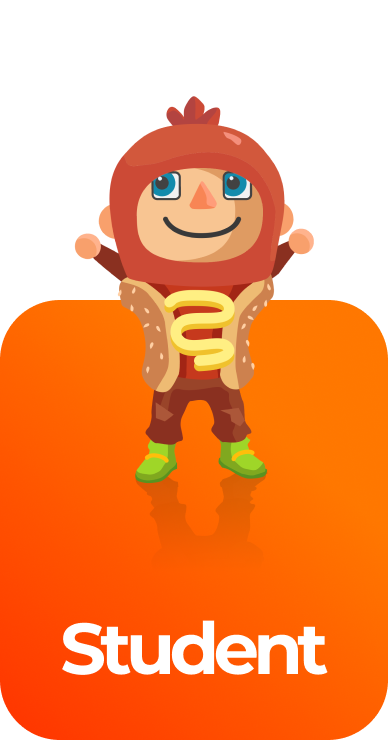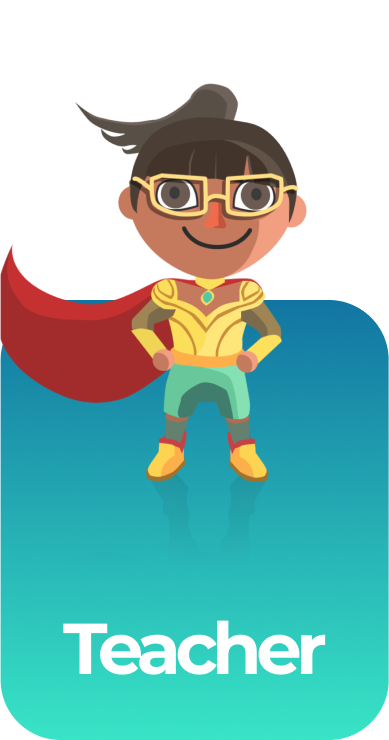Wave Motion Science Games
9 gamesIn this series of games, your students will learn that waves, which are regular patterns of motion, can be made in water by disturbing the surface. Wave Motion learning objective — based on NGSS and state standards — delivers improved student engagement and academic performance in your classroom, as demonstrated by research.
Scroll down for a preview of this learning objective’s games and the concepts.
Concepts Covered
Waves are regular patterns of motion. Waves can be produced by a disturbance in a medium. When waves transmit energy, they can cause matter to vibrate. Waves transmit energy from one location to another, but they do not transmit matter. There are different types of wave energy, including water waves, seismic waves, sound waves, and light waves.
Energy can be moved from place to place by sound. Sound is a form of energy that is produced and transmitted by vibrations in matter. Earthquakes cause seismic waves, which are waves of motion in Earth’s crust. Sound waves and seismic waves are compression (longitudinal) waves. When compression waves move through matter, the molecules move back and forth in the direction in which the wave moves.
Sound travels more quickly through solids because the molecules are closer together. Sound travels the slowest through gases because the molecules are farthest apart.
Musical instruments vibrate to produce sound. Some animals make and hear ranges of sound vibrations different from those that humans can
make and hear. Sound waves, water waves, and seismic waves are forms of mechanical energy. All mechanical waves require a medium through which to transmit energy. Mechanical waves cannot travel through a vacuum like outer space. Circular waves transmit outwards in all directions from their source. Plane waves travel as parallel lines moving in the same direction.
In total, there are nine games in this learning objective, including:
- Sound Victory
- Let’s Do the Wave
- Wavebot
- Waves Intro – Sound
- Waves Intro – Water
- Wave Interference – Slits
- Wave Interference – Waves
- Waves Intro – Light
- Wave Interference – Interference
A further preview of each game is below.
You can access all of the games on Legends of Learning for free, forever, with a teacher account. A free teacher account also allows you to create playlists of games and assignments for students and track class progress. Sign up for free today!






